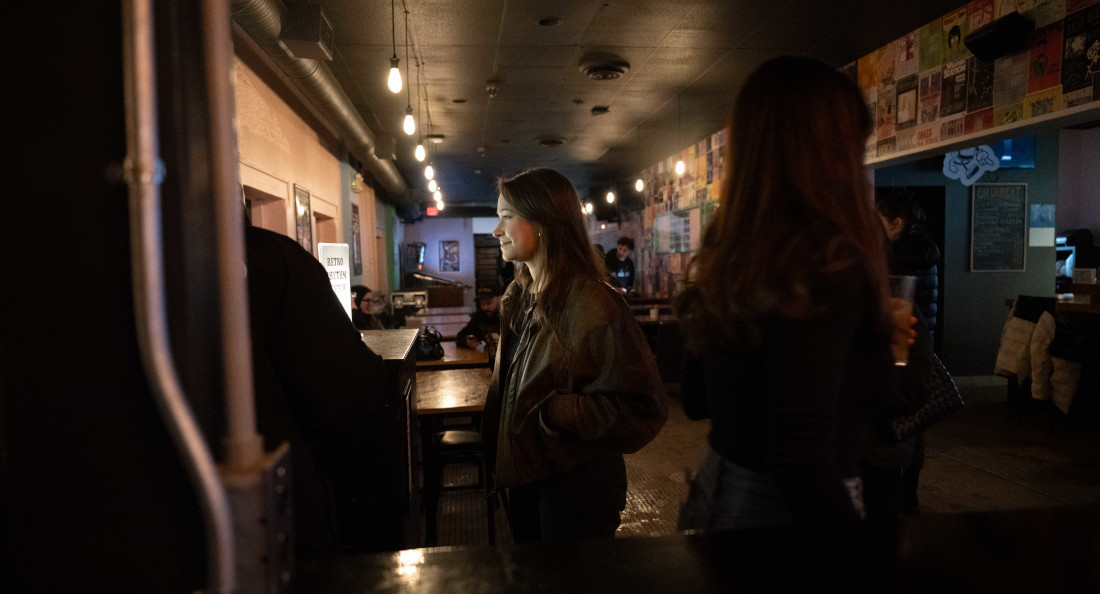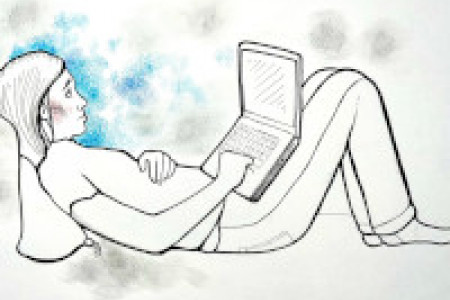Awakening the city that always sleeps
On the decline – and necessity – of third places in Winnipeg
Last summer, West Broadway residents witnessed the unceremonious replacement of the neon-lit windows that framed a neighborhood diner with the tinted coverings of a new cannabis store.
Two months ago, the inner city lost what acted as a third place for many residents: the Good Will Social Club. In The Great Good Place, sociologist Ray Oldenburg defines third places as informal, public gathering spaces outside the home and work or school.
They are our libraries, diners, cafés and community centres. They are low-barrier generators of community life. They are places where we can be regulars. And in Winnipeg, they are increasingly scarce.
Now, the Good Will’s collective of promoters, performers and patrons are left with- out their third home. So too are the Sunday brunchers at The Tallest Poppy and the regulars of former Winnipeg haunts that have faded into Yelp archives and our collective memory.
After the City of Winnipeg approved its 2024-2027 multi-year budget in March, residents were given a glimpse into what the future holds.
Earlier this year, arts workers sounded the alarm when the city planned to defund the public art program. A handful of public pools and summer Sunday hours at the Millenium Library are also on the chopping block.
As statistics reveal a rise in violent crime, the city responds as it always has: increase police budgets.
It seems that decision-makers have a utopic vision, where a magic number of police officers patrolling the downtown will make it a “safe” place. And when that happens, perhaps the “for lease” signs will vanish, and the core will be brought to life again.
However, a far cheaper alternative to dumping millions of dollars into police budgets each year exists. Research has shown that increasing the number of informal, public spaces – third places – that boost neighbourhood interaction links to an increased sense of urban safety. These places, and the networks they build, are the source of “eyes on the street.”
The demise of third places in Winnipeg has especially failed youth. In a car-centric city like Winnipeg, places for middle- and high-schoolers to hang outside of school and home are scarce.
In the suburbs, even corporate remnants are now disappearing, as chains like Starbucks close to drive-thru only. Gone are the arcades and the social clubs. Traditional hangout spots like the mall are increasingly more securitized.
There is, simply put, nowhere for them to go.
In a 2021 article in the American Journal of Community Psychology, Danielle Littman suggests that third places can help build social cohesion and community connection among marginalized youth.
As headlines about youth violence permeate public discourse, it’s worth asking: what spaces are accessible to young people? Where can they connect with their community?
While private establishments fill some of these gaps, municipal governments can champion these spaces, too. This can look like offering more youth recreational programming, extending library hours and revitalizing public parks and pools.
What a city invests in is reflective of its hopes and dreams for the future. While there are cuts, there is also optimism: a new Northwest Library is set to open, and the city will back youth programming at the Downtown Y.
Winnipeg has long been known as the city that always sleeps. But it is in these third places that we wake up.
Cierra Bettens is The Uniter’s arts and culture editor.
Published in Volume 78, Number 24 of The Uniter (April 4, 2024)







